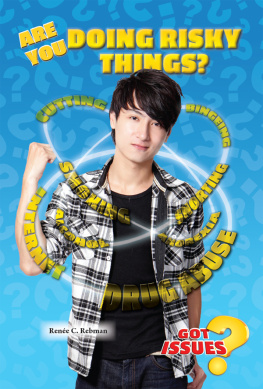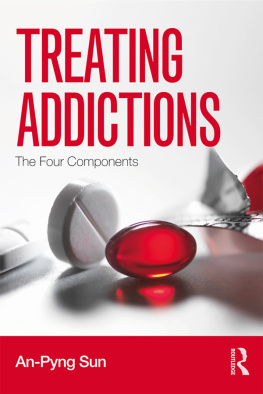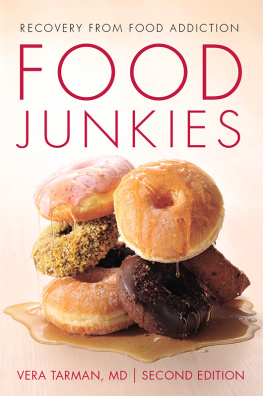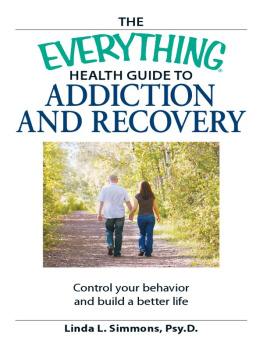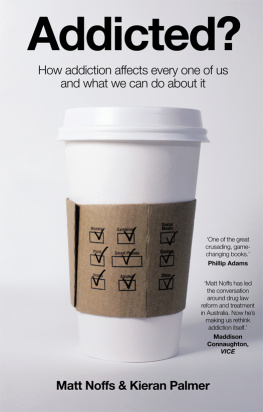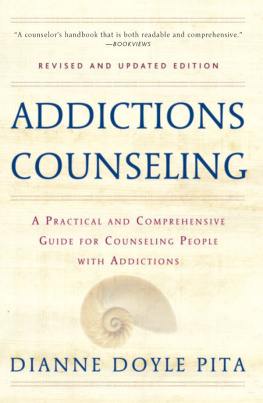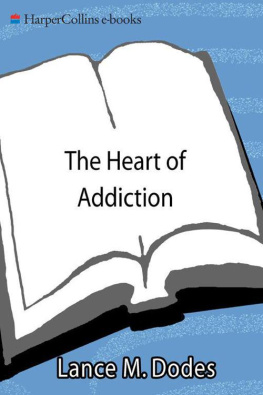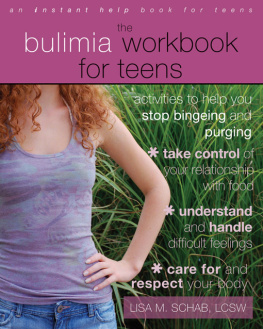The Addiction RISK
Addictions come in many forms, including alcohol and drug abuse, smoking, eating disorders, self-mutilation, and Internet dependence. All of these addictions have in common the fact that an addict has a heightened need or strong craving for a particular substance or activity. Teens may be especially vulnerable to addictions, which can ruin their lives and hurt those around them.


Image Credit: Shutterstock.com LaCameraChiara
Addictions come in many forms. Some, such as an addiction to alcohol or drugs, have a direct physical impact or chemical change to the body. Other addictions, such as eating disorders, are in the form of a risky behavior or dangerous habit. Addictions can be characterized by what they have in common.
An addicted person has a heightened need or severe craving for whatever his or her particular addiction is. When denied access to it, the addict will suffer from withdrawal. He or she may feel actual physical pain, discomfort, or an uncontrollable feeling of anxiety. Addicts show a willingness to give up other things in order to indulge in their addictionsometimes to the point of self-destruction. They may lose family, friends, or even their jobs during their quest to satisfy their addiction.
Some addicts fall victim to more than one type of addiction. For example, an anorexic may also engage in self-mutilation; an alcoholic may also have a problem with drugs.
Addictions can rip apart families and sometimes even cause death. Teen addictions are especially painful. Young people often do not ask for, or even want, the help they need. Parents are caught unaware and unprepared to deal with the problem. If families are fortunate, the addiction is discovered in time. But the heartbreak and pain of discovery and rehabilitation is unavoidable. In less fortunate cases, the outcome can be devastating.
Damien Massella, a seventeen-year-old high school graduate, had plans to attend culinary school at a local community college. But Damien was addicted to alcohol and drugs. He spent a night partying in the woods with his friends. He never made it home. His body was found slumped against a tree. He had died from a heroin overdose.
His parents established Damiens Run For Recovery, a five-kilometer run and two-mile walk to raise money for teenagers recovering from addictions. Gina, Damiens mother, hopes to raise not only money, but also awareness. She said, Addiction is a problem nobody wants to talk about, but hopefully this race can make people more aware of the problem.
Rick Marion, one of Damiens high school friends who volunteered at the race, says, Its a great cause. After what happened to Damien, this is a problem that I take very seriously because it cost me one of my good friends.
Unfortunately, many teens like Damien experiment with drugs and run the risk of becoming addicted. But why?
The answer to the question why? is complicated. Teenage years are stressful. Young people are forced to deal with added responsibilities and more difficult classes at school. At the same time, they are dealing with their changing bodies as they go through puberty. Their friends may also exert peer pressure to try new things. Teenagers are thrust into a world full of temptation, a world in which they desperately want to fit in.
Teens sometimes turn to drugs to impress their friends, to rebel against authority, or as a means of escaping anxiety or depression. They may begin using drugs as a response to popular culture or messages they see and hear in the media.
Rick and Chris Hillesheim are a couple raising three boys. They strongly believe the pressures of society make it tough for teens to make good choices. They find modern culture full of negative images and messages.
They are bombarded with far more than we ever were. They are bombarded on all sides: TV, music, peer pressure, Mrs. Hillesheim says. It has forced kids to make moral judgments in an almost amoral society.
They feel it is important to keep their sons busy and show them plenty of support. The Hillesheims have gotten their boys involved in after-school activities such as sports and music to teach them discipline and give them something positive to do. They also believe that religious faith has helped instill morals in their sons and kept them grounded.
Drugs may be the most obvious dangerous addiction teens face, but there are others. Eating disorders are frightening and on the rise. Anorexia (restricting ones eating to the point of malnutrition and excessive weight loss) and bulimia (bingeing on food and then inducing vomiting) are conditions experienced by many teens who attempt to gain a false sense of control over their bodies, meanwhile causing physical and mental damage.

Image Credit: Shutterstock.com CREATISTA
Teen addictions can tear a family apart.
Becky is a teenager suffering from anorexia. Her obsessive fear of gaining weight, losing control, and not being perfect led her to restrict her diet to a severe degree. Her typical daily intake included a breakfast of tea and dry toast, a lunch of one apple and two rice cakes, a salad for dinner, and a chocolate drink for a snack.
Beckys anxiety over food and calories was overwhelming. She entered therapy to get help. During her sessions she admitted that she was also bulimic: I never, ever, eat anything without throwing up.
Becky lives in fear of gaining weight. Like most anorexics, she cannot stop her behavior. During her therapy sessions she admitted how scary it was for her to try to put on weight. The rituals and strict rules she had set for herself had taken over her life.
Brenda, a sixteen-year-old anorexic, said she feels that her anorexia, and the ensuing weight loss, brought her admiration from her peers. Her comments show how desperate she is to cling to her behavior regardless of how it might affect her health:
I love that all my friends tell me how great I look since I lost weight. They all want to know how I did it. I never tell them, of course. Now, I feel as though I could never gain the weight back, not anymore, then I will lose all this respect.
Another dangerous behavior practiced by teenagers is known as self-mutilation. This most commonly means cutting ones own skin, though it can involve burning, biting, or other types of self-injury. Those who practice cutting claim that it gives them an emotional release. Current statistics show that this behavior is on the rise and is found in all social and economic groups.
A study conducted in one large urban Massachusetts high school found that 3 percent (sixty out of eighteen hundred students) were self-mutilators. Many of these kids were not perceived to be at-risk or problem students. Barent Walsh, PhD, spoke at a conference on self-destructive behaviors sponsored by Harvard Medical School and explained the results of the study: [Self-mutilators] were not in special education; many had good grades and were socially connected. In other words, their actions may be a cry for help.
Addictive behaviors do not simply include those that target the body; they also include those that isolate teenagers and keep them from enjoying normal life. Addiction to the Internet is one example. Many teens spend countless hours immersed in chat rooms or playing interactive games. This obsession is compared to pathological gambling or compulsive shopping. In 1997, the American Psychological Association officially recognized Internet addiction as a mental health disorder.

